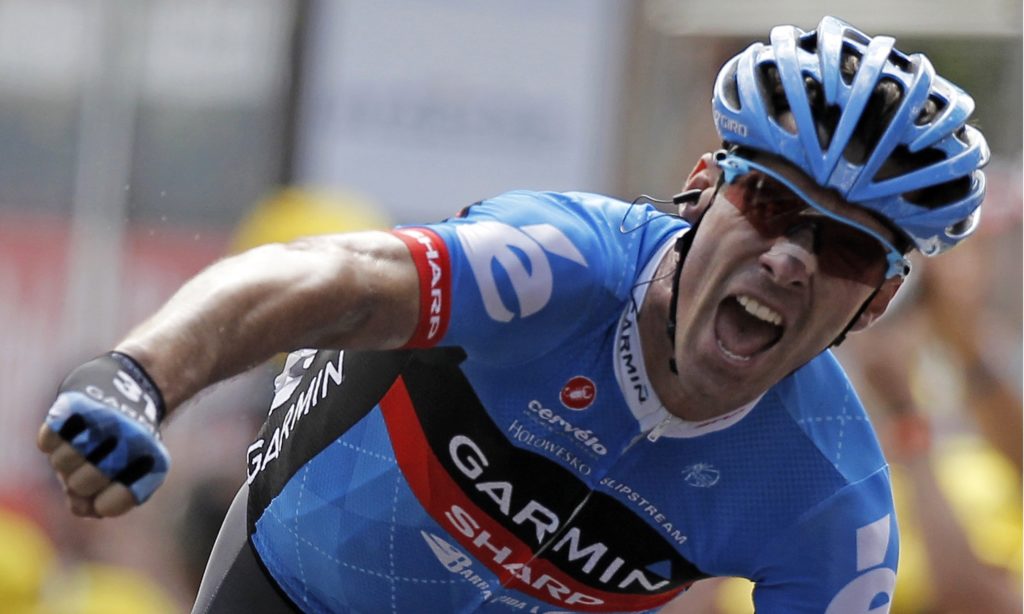David Millar says TUE loopholes allowed him to take powerful and potentially dangerous drug as performance enhancer
Former pro was suspended for doping in 2004 and describes how the TUE system gave him access to corticoids

In a revealing opinion piece titled “How to Get Away With Doping” published in the New York Times, former professional cyclist David Millar—who served a two-year doping ban in 2004—explains how he used the WADA therapeutic use exemption system during his career to take performance enhancing drugs.
RELATED: Watch Brandon Semenuk’s insane 2016 Red Bull Rampage winning run
The focus on TUEs comes from the continued fallout of the Fancy Bears leak of Tour de France winner and decorated Olympian Bradley Wiggins TUEs. In the piece, Millar reveals his personal use of the same powerful corticoid triamcinolone. Wiggins was administered the drug within the WADA rules on three occasions before major target races including the 2012 Tour de France which he would go on to win.
“I was taking this powerful, and potentially dangerous drug as a performance enhancer, yet I was doing it within the rules—thanks to the TUE loophole,” Millar wrote on his use of the drug Kenacort.
RELATED: The Doha heat is taking its toll on athletes at the world championships
“The three times I took Kenacort were also the times I was the lightest I’d been in my career, yet I didn’t lose power—often the penalty when a rider sheds weight,” explained Millar on the effects it had on his body. “Physically, I looked like a machine, muscle fibres were visible and a road map of veins crisscrossed my entire body.” He went on to explain that the effects went further by altering his mental state, exaggerating his moods and decreasing his ability to sleep.
TUEs are granted by WADA to allow athletes to take otherwise banned drugs when it is medically required. Athletes apply after consulting with a doctor. The system= can be manipulated however when medical conditions are exaggerated or fabricated though it remains unclear how prevelant abuse of the system really is.
“On one occasion, I received a TUE for a fake tendon issue,” said Millar on the way in which he got access to drugs with performance enhancing properties. “A doctor simply wrote a prescription for an ankle injury that required an intra-articular injection, although the injection was then administered intramuscularly.”
Though Millar said he believes many of today’s winners are riding clean, the Fancy Bears hack and the release of TUEs for many Olympic athletes who competed in Rio, “has opened the world’s eyes to a disturbingly gray area in sporting law,” Millar said.
“It’s possible that all the TUEs revealed in the WADA leak were for legitimate medical reason, but the system is open to abuse,” Millar explained. “Some of the medical conditions used to justify a TUE can be difficult to validate; and as I discovered, an unscrupulous rider and doctor could exaggerate or simply make up symptoms that would merit a prescription and exemption.”
RELATED: Pendrel required surgery and applied for a TUE to get the medication she needed
Responses by WADA and the UCI on the matter have not adequately put to rest the issue. For Millar there is one clear solution to the abuse of TUEs, “For an athlete’s own well-being, it is better to face the fact of sickness or injury and withdraw from competition. And for the sport’s well-being, it is better to avoid a system open to abuse and exploitation.”

